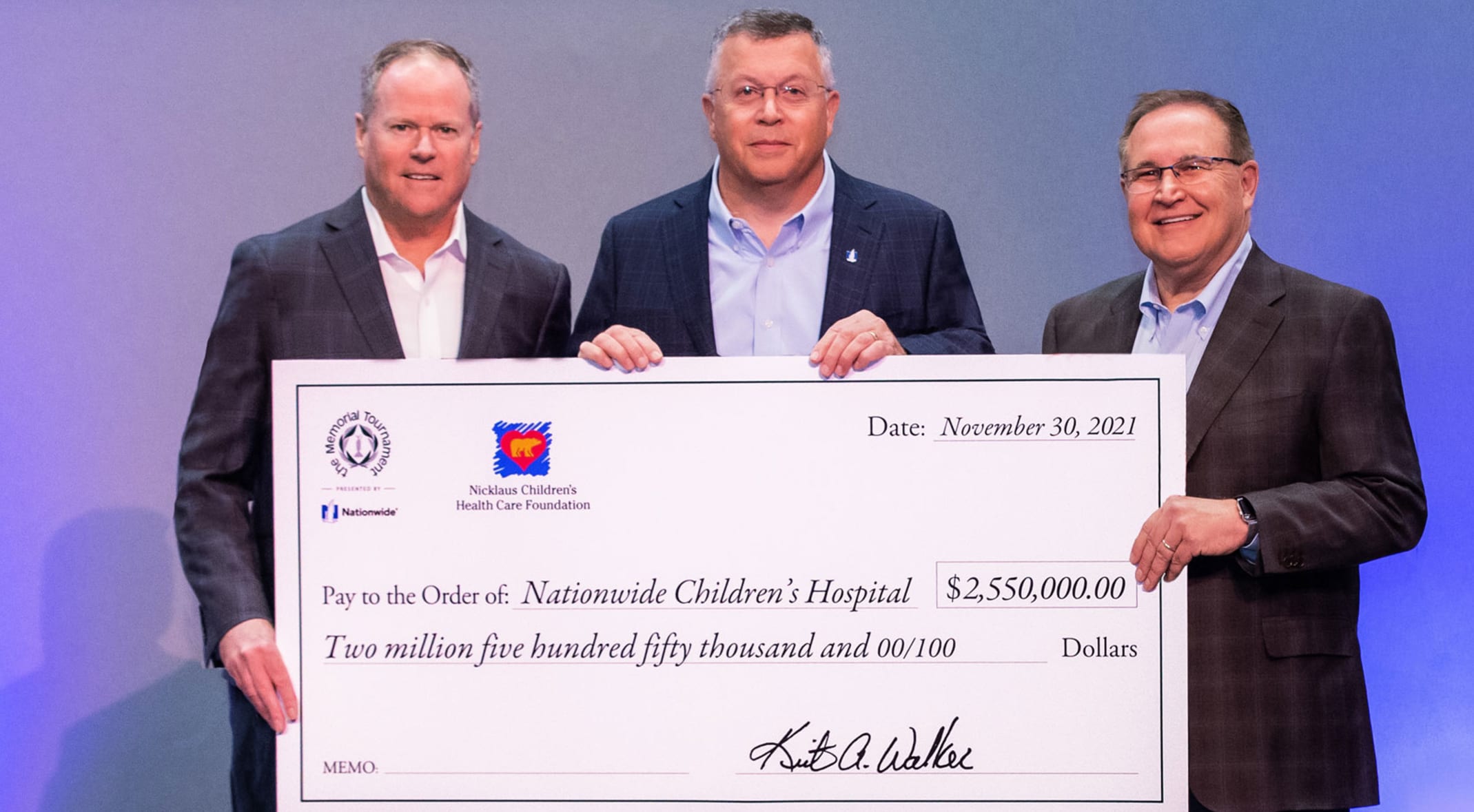
We will be discussing the definition of palliative, its special training and how it is used in patients with short lives. Also, the delivery system. While the results of the study are encouraging, there are some caveats. This new approach to healthcare may require further research. We'll also address its possible applications elsewhere in the world. We'll be focusing on Europe for now.
Special education and training in palliative care
Palliative care specialists tend to be less aggressive in making decisions about the end of life care. This effect can vary depending on the type and timing of the patient's death. This study was conducted to examine whether physicians' training and education in palliative health care can influence decision-making regarding different aspects of endof-life care.
While national organizations develop curricula for medical education, these curricula do not always meet the unique needs and cultures of individual institutions. This article describes a process to assess the needs of each institution and develop a curriculum that addresses them. Interviews with experts in palliative education were part of the study. An anonymous survey, focus group discussions, and individual interviews were used for data collection. Participants were asked to rank topics and receive feedback.

Applications for people with a low life expectancy
A palliative provider is a doctor who provides comfort care to patients living with life-limiting conditions. Palliative medicine is not only for those with a lower life expectancy, but it is also used alongside curative care. The United States has a licensed hospice that provides palliative services. A few hospices are able to provide palliative support for infants who die between one and twelve months of age.
Prices
Medicare usually covers palliative care costs. Private health insurance may also be available to cover certain services. Costs for palliative care services vary based on the type of service and where it is provided. Hospital care and prescription drugs may incur out-of-pocket expenses. Other state-run programs and charities may provide additional support. For more information, consult your health insurance.
The costs of palliative care were calculated by taking into consideration the total cost of all services received by patients, from their point of origin until their death. Researchers also evaluated the use of healthcare resources and created subgroups according to the number of days until death. Cost estimates were converted using the average exchange rate during the study. A percentage of patients who died in hospital was also calculated. The study, which was limited to a small sample size, provides valuable insights into the impact of hospice and palliative care costs on the cost of patient care.
Delivery system
A palliative care delivery system requires a paradigm shift in how the health care system works. Instead of treating disease, we must focus on alleviating symptoms and encouraging healing. A new policy gives a framework for a palliative delivery system. This includes an ongoing supply of pain medication, and pre-and in-service training for healthcare providers. This guideline offers a framework for building a palliative care delivery system that is scalable and acceptable to the patients.

The study assessed the palliative care delivery system of four Ontario health regions, which included rural and high-acute care utilization. The study used a theory-based approach in order to collect data and identify key elements of a competent program. The study sought to identify modifiable variables that could influence population palliative care outcomes such as a reduced use of acute care or more home deaths.
FAQ
What does "health care" actually mean?
Health care refers to delivering services related to maintaining good physical and mental health.
How do I get health insurance free in my locality?
You may be eligible to apply for health insurance free of charge if you are. You might be eligible under Medicaid, Medicare, CHIP or Children's Health Insurance Program.
What is a health care system in public health?
The health system refers to all activities involved with providing medical services to a community. It includes service delivery and financing, regulation, education and training, as well information systems.
What are the various health care services available?
A health care service is a medical facility that provides healthcare services for patients. An example of a healthcare service is a hospital. It typically contains many departments such the emergency room, intensive care unit and operating room.
What is the difference of a doctor and physician?
A doctor is someone who has completed their training and are licensed to practice medicine. A physician is a medical professional who specializes in one field of medicine.
Statistics
- Healthcare Occupations PRINTER-FRIENDLY Employment in healthcare occupations is projected to grow 16 percent from 2020 to 2030, much faster than the average for all occupations, adding about 2.6 million new jobs. (bls.gov)
- For instance, Chinese hospital charges tend toward 50% for drugs, another major percentage for equipment, and a small percentage for healthcare professional fees. (en.wikipedia.org)
- Foreign investment in hospitals—up to 70% ownership- has been encouraged as an incentive for privatization. (en.wikipedia.org)
- The healthcare sector is one of the largest and most complex in the U.S. economy, accounting for 18% of gross domestic product (GDP) in 2020.1 (investopedia.com)
- The health share of the Gross domestic product (GDP) is expected to continue its upward trend, reaching 19.9 percent of GDP by 2025. (en.wikipedia.org)
External Links
How To
What are the 4 Health Systems?
The healthcare system includes hospitals, clinics. Insurance providers. Government agencies. Public health officials.
The overall goal of this project was to create an infographic for people who want to understand what makes up the US health care system.
These are some key points.
-
Annual healthcare spending totals $2 trillion and represents 17% GDP. That's more than twice the total defense budget!
-
Medical inflation reached 6.6% for 2015, more than any other category.
-
Americans spend 9% of their income annually on health.
-
As of 2014 there were more than 300,000,000 Americans who weren't insured.
-
Although the Affordable Health Care Act (ACA), has been approved by Congress, it hasn't yet been fully implemented. There are still gaps in coverage.
-
A majority of Americans believe the ACA should be maintained.
-
The US spends the most money on healthcare in the world than any other country.
-
The total cost of healthcare would drop by $2.8 trillion annually if every American had affordable access.
-
Medicare, Medicaid, and private insurers cover 56% of all healthcare spending.
-
The top 3 reasons why people don't get insured include not being able to afford it ($25 billion), not having enough time to look for insurance ($16.4 billion), and not knowing about it ($14.7 billion).
-
There are two types of plans: HMO (health maintenance organization) and PPO (preferred provider organization).
-
Private insurance covers almost all services, including prescriptions and physical therapy.
-
The public programs include hospitalization, outpatient surgery and nursing homes. They also cover long-term care and hospice care.
-
Medicare is a federal program which provides senior citizens with coverage for their health. It pays for hospital stays, skilled nursing facility stays, and home health visits.
-
Medicaid is a joint federal-state program that provides financial assistance for low-income individuals or families who earn too little to qualify for other benefits.